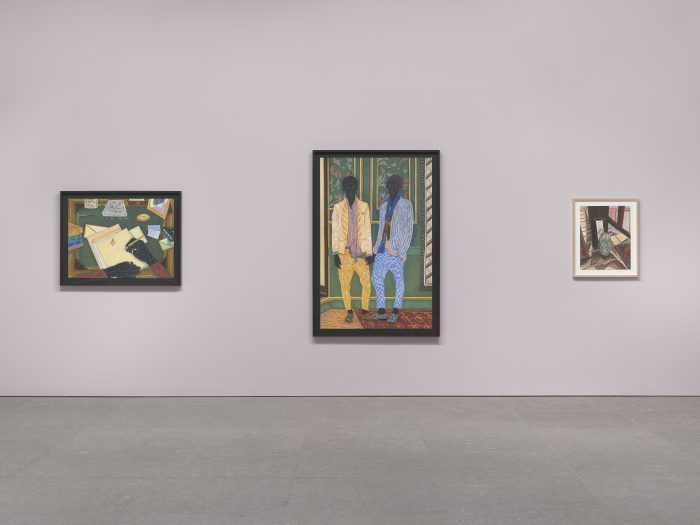
When Rujeko Hockley’s parents mused over what career their daughter might pursue, scientist was one likely conclusion. As a child, Hockley was a ballet dancer, bookworm and museum-goer, but perhaps most of all, she was “obsessed with the zoo.” She asked many questions, which her parents readily answered, while also directing her to seek out her own conclusions. “It was both, ‘We’re here for you, but we also want to show you how to ask and answer your own questions,’” recalls Hockley, who at age 33 has made a career out of her inquisitive nature—but in the arts rather than biology. As a curator specializing in modern and contemporary art, she asks: “What are the questions that I think are important? Who are the artists asking those questions? How are they being answered?”
Hockley has been advancing those inquiries since studying art history at Columbia University. She held curatorial roles at two New York institutions, the Studio Museum in Harlem and the Brooklyn Museum, before becoming assistant curator at the Whitney Museum of American Art in March. Her first undertaking was to help curate “An Incomplete History of Protest: Selections From the Whitney’s Collection, 1940–2017.” She didn’t take the task lightly. “No pressure, it’s just about the most incendiary period of protest that this country has gone through for a long time,” she says with an ironic laugh. That exhibition, paired with “Toyin Ojih Odutola: To Wander Determined,” Hockley and co-curator Melinda Lang’s solo show of new work by Toyin Ojih Odutola, speak to two ways Hockley sees herself fitting into the Whitney: illuminating connections between the museum’s holdings and the present, and advocating for emerging artists.
In both cases, a core characteristic of Hockley’s approach is clear: “I’m very committed to questions of belonging and querying the categories of belonging, and destabilizing some of the assumptions we have,” she says. “The Whitney is a museum of American art that is really interested in querying that category, and more broadly that category of American writ large.”

From a young age, Hockley understood that designations like “American” aren’t fixed; identity and its perception are constantly shifting. Born in Zimbabwe, she relocated to Washington, D.C. with her family at age two, and frequently spent time in New York and abroad, moving between cultural contexts due to her parents’ jobs in international development. “In some ways we are ourselves everywhere we go, but our selves are different sometimes, and shaped by the contexts that we’re in,” says Hockley. Ojih Odutola is an apt example of this mutability as an American artist who was born in Nigeria and immigrated to the U.S. at age five. “She encapsulates all of these categories: immigrant, citizen, native-born, foreign-born, native speaker, ESL learner, African-American, but not African-American in the way that we generally mean it here,” explains Hockley. “Her work really pushes us to think about what we mean when we say American, and what we mean when we say American art.”
As for the conversations taking place outside of the Whitney’s doors—around what it means to be American, who can claim that term, and what kind of country we’re striving for—Hockley hopes art has a role. “I’ve been thinking about inequity and what art and culture can do to be a part of the conversation,” she says, describing that impulse as the lifelong throughline of her work. She notes that right now, nuance and thoughtfulness are key, but also takes the long view. “It’s interesting to see the broader culture going through a moment of reckoning around some of these questions, which fundamentally are not new questions, and these issues are not new issues,” she says. “This is actually who we are. It’s who we’ve been for a long time. It doesn’t mean it’s going to be who we are forever, and it doesn’t mean there aren’t other parts of who we are, but there’s some sense of pragmatism for me in thinking it’s really helpful for people to face that.”










 in your life?
in your life?

